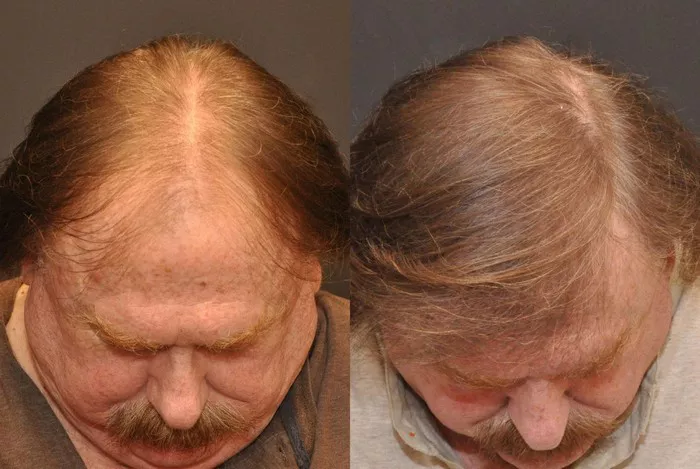In recent years, hair transplant surgeries have gained popularity as an effective solution for those dealing with hair loss or balding issues. Follicular Unit Transplantation (FUT) is one of the common methods used to achieve natural-looking results. However, ensuring a comfortable and restful night’s sleep after an FUT hair transplant can be a bit challenging due to the necessary post-operative precautions. In this article, we’ll delve into essential tips on how to sleep after a FUT hair transplant to promote a smooth and successful recovery.
1. Elevate Your Head and Upper Body
a. The Importance of Elevation
One of the key concerns post-FUT hair transplant is reducing swelling. Elevating your head and upper body while sleeping can significantly aid in this endeavor. By doing so, you minimize the accumulation of fluid and prevent excessive facial puffiness. Experts recommend maintaining a 45-degree angle to facilitate optimal drainage.
b. Using Supportive Pillows
Investing in a few soft, supportive pillows can make a world of difference. Consider using a wedge pillow or multiple pillows to achieve the right angle and support for your upper body. This ensures that you sleep comfortably and wake up with minimal facial swelling.
2. Sleep on Your Back
a. Benefits of Back Sleeping
While you might be used to sleeping in different positions, during the initial stages of FUT recovery, it’s advisable to sleep on your back. This position minimizes the pressure and friction on the transplanted grafts, reducing the risk of dislodging them.
b. Using a Neck Pillow
To enhance the comfort of sleeping on your back, a neck pillow can be a helpful addition. It provides adequate support for your neck, head, and shoulders, reducing the chances of waking up with discomfort.
3. Avoid Sleeping on Your Stomach or Side
a. Risks of Stomach or Side Sleeping
Sleeping on your stomach or side can lead to graft damage, as the pressure and friction exerted on the transplanted area may cause grafts to fall out or become misaligned. To protect your investment in a hair transplant, it’s crucial to avoid these positions for a few weeks post-surgery.
b. Positioning with Body Pillows
If you’re accustomed to sleeping on your side, using a body pillow can help you maintain a back-sleeping position. Hugging a body pillow can make side-sleepers feel more comfortable while still adhering to the recommended sleeping position.
4. Minimize Tossing and Turning
a. Restlessness During Recovery
It’s common to experience some restlessness during the post-FUT recovery phase. However, minimizing tossing and turning is vital to ensure the safety and integrity of the transplanted hair follicles.
b. How to Minimize Tossing and Turning?
To reduce the urge to change positions, ensure your sleeping environment is conducive to relaxation. Keep the room at a comfortable temperature, use soft and breathable bedding, and practice relaxation techniques before bedtime. The more comfortable you are, the less likely you’ll toss and turn during the night.
5. Choose the Right Mattress and Bedding
a. The Importance of Mattress Selection
Selecting the right mattress and bedding plays a significant role in post-operative comfort. Opt for a medium-firm mattress that provides adequate support while reducing pressure on the surgical site.
b. Breathable Bedding Materials
Cotton or linen sheets and pillowcases are highly recommended, as they allow for breathability and help regulate body temperature. This prevents overheating, which can lead to discomfort during the night.
See Also: Heal After Hair Transplant: How To Speed Up?
In conclusion
Achieving a peaceful and restful night’s sleep after a FUT hair transplant is crucial for a successful recovery. By elevating your head, sleeping on your back, avoiding stomach or side sleeping, minimizing tossing and turning, and selecting the right mattress and bedding, you can ensure a comfortable and safe healing process for your newly transplanted hair. Following these tips will help you enjoy the long-term benefits of your FUT hair transplant while maximizing your chances of a successful outcome. Remember, consulting with your surgeon for personalized guidance is always a good practice during your recovery.


